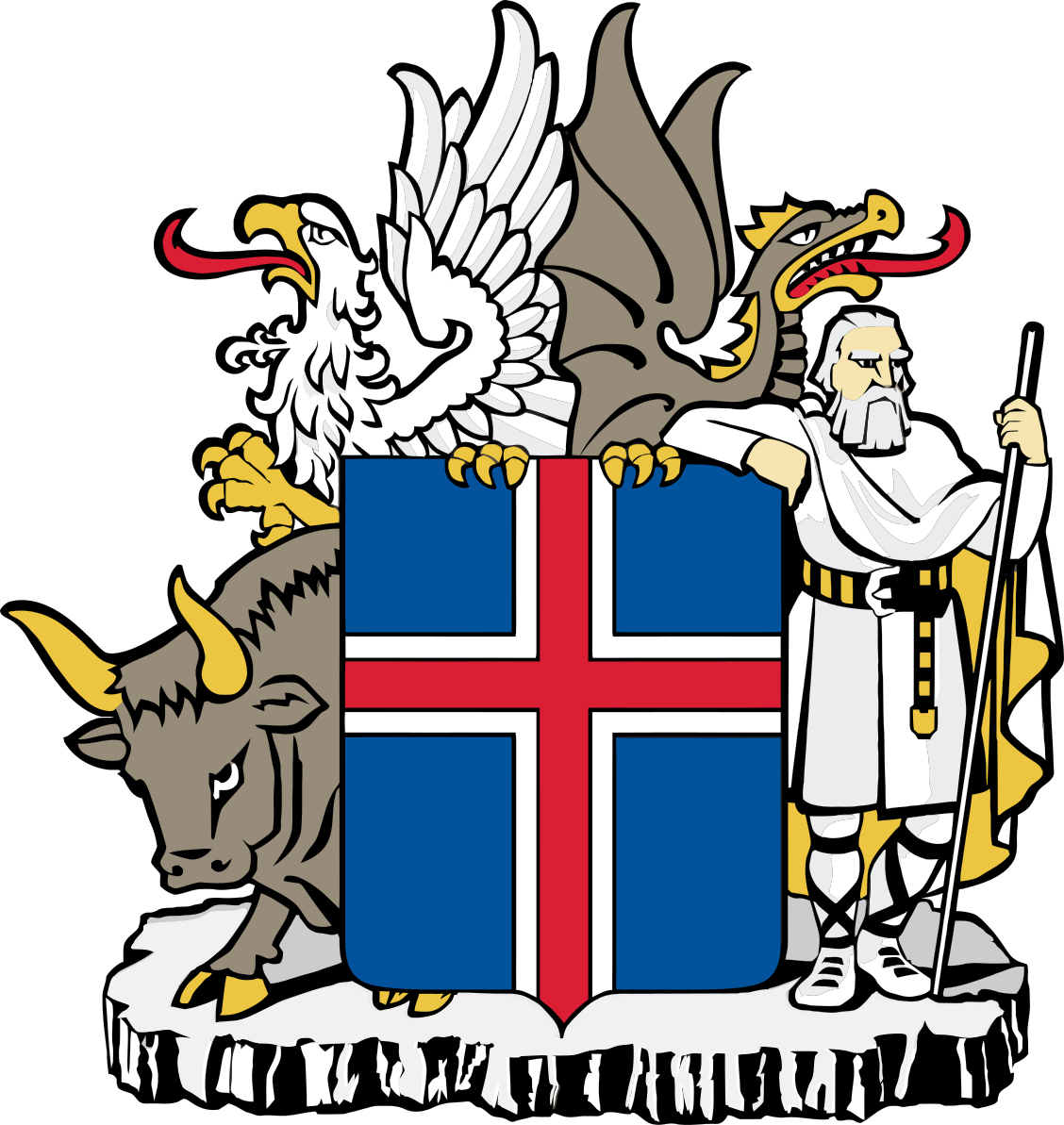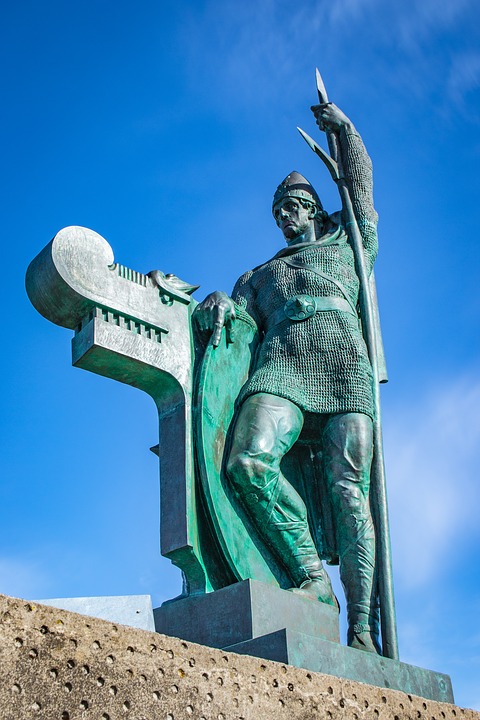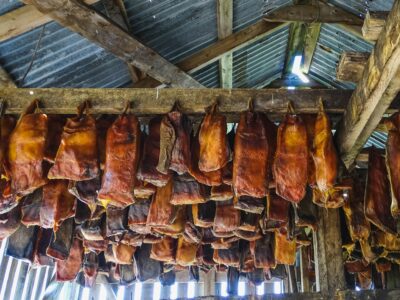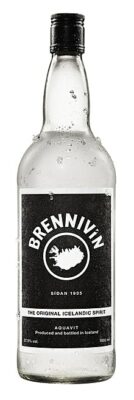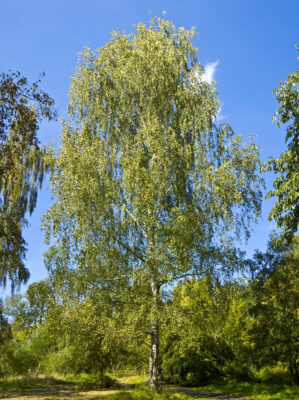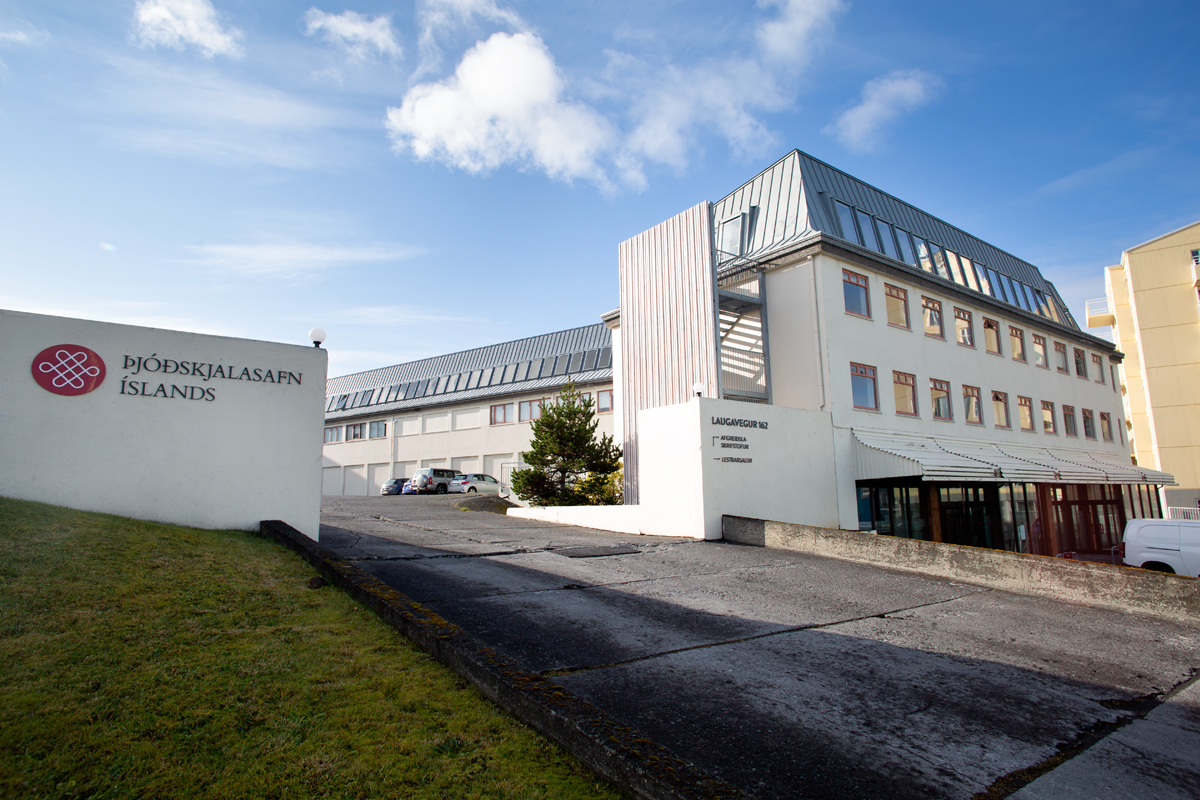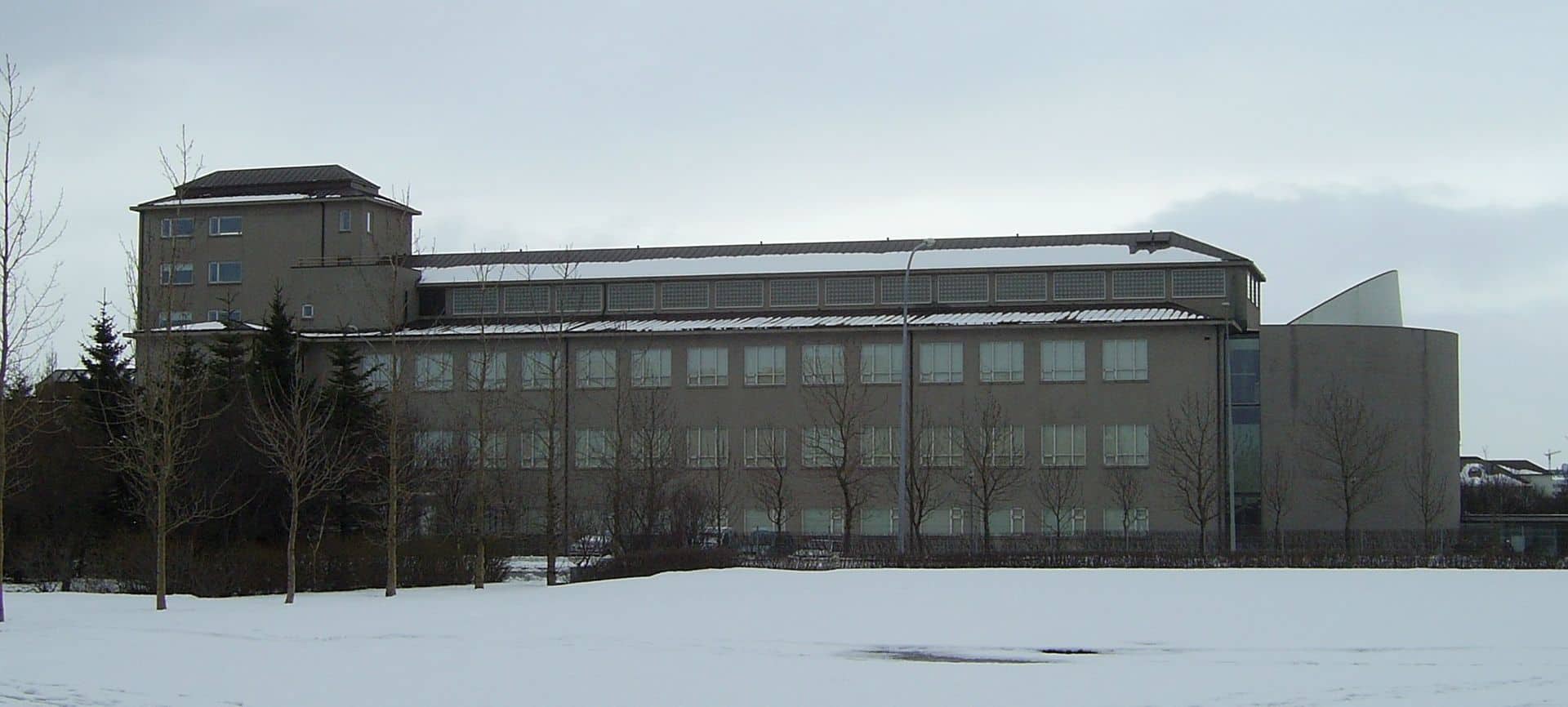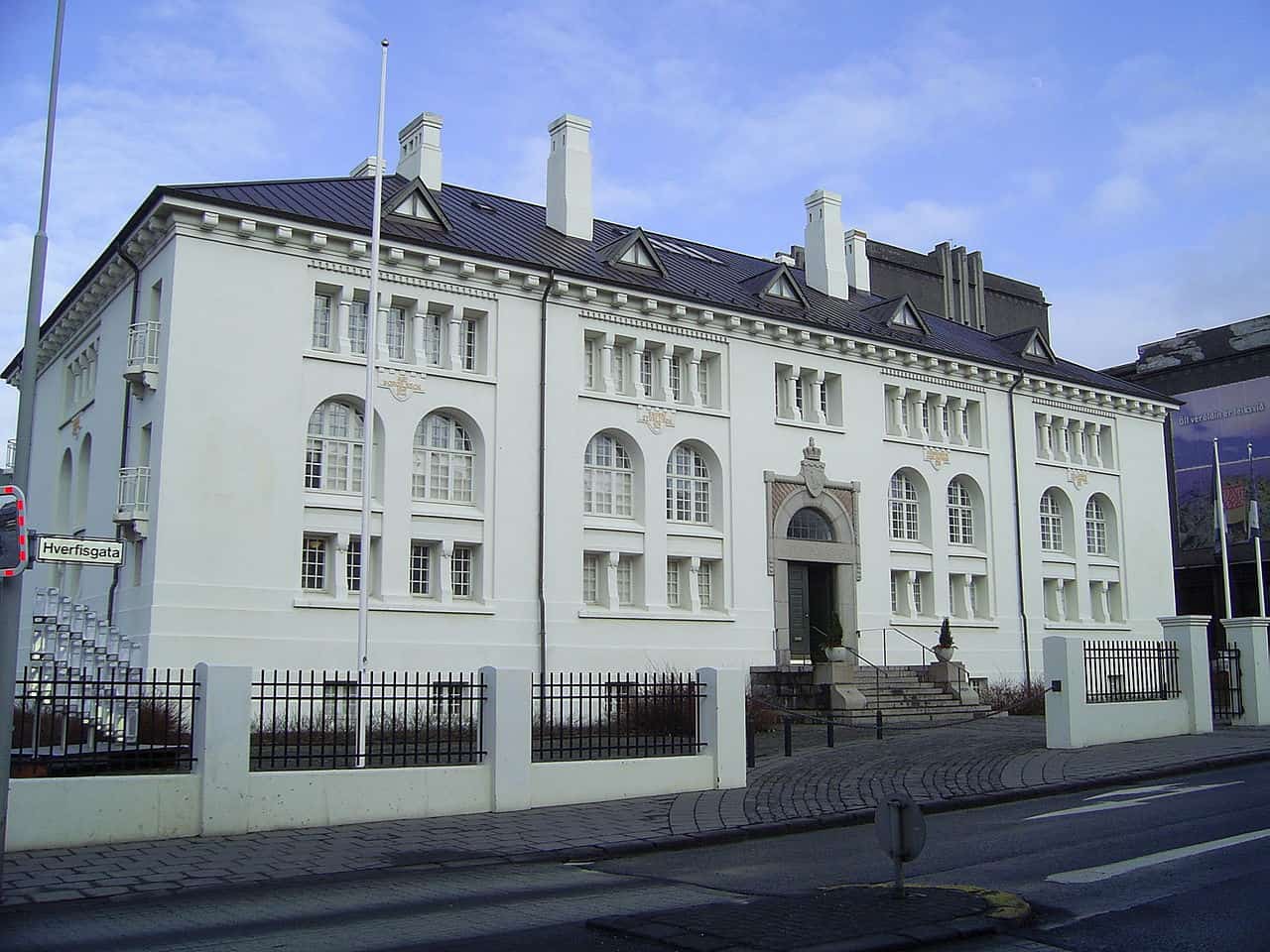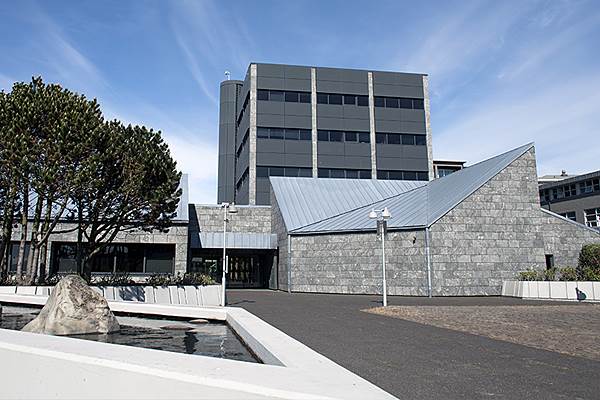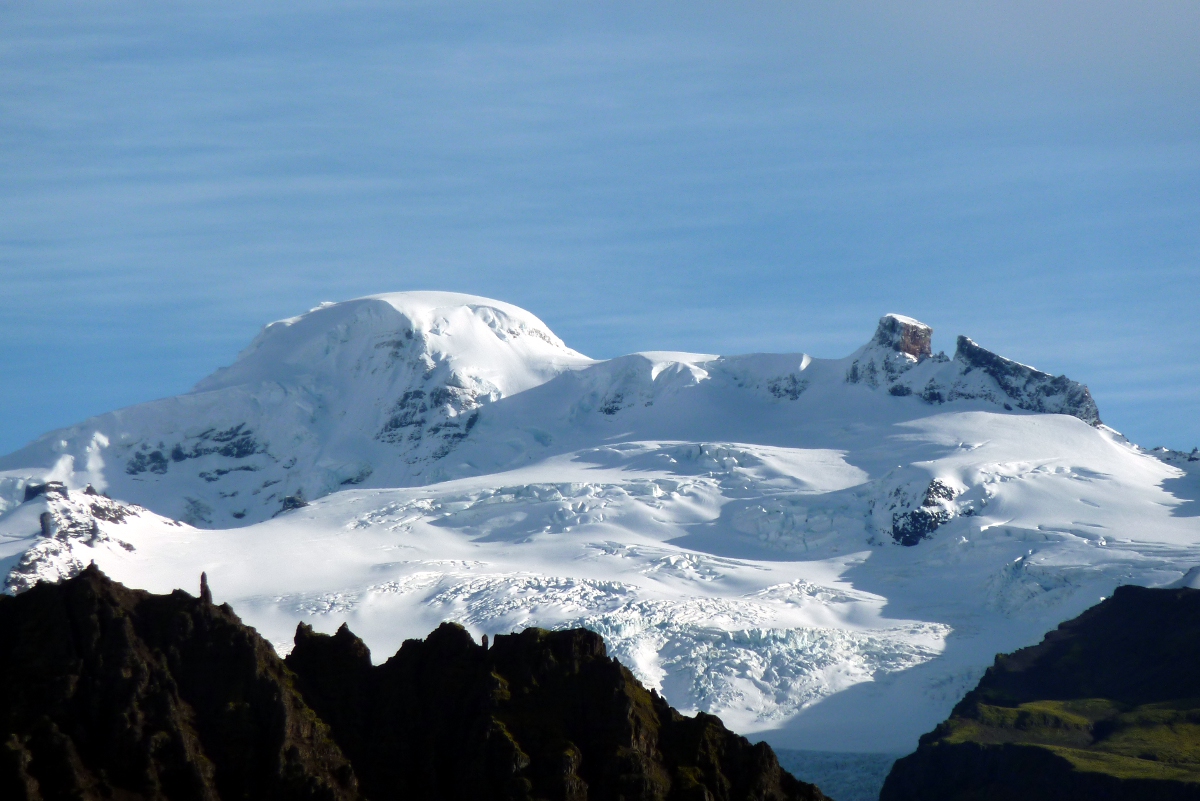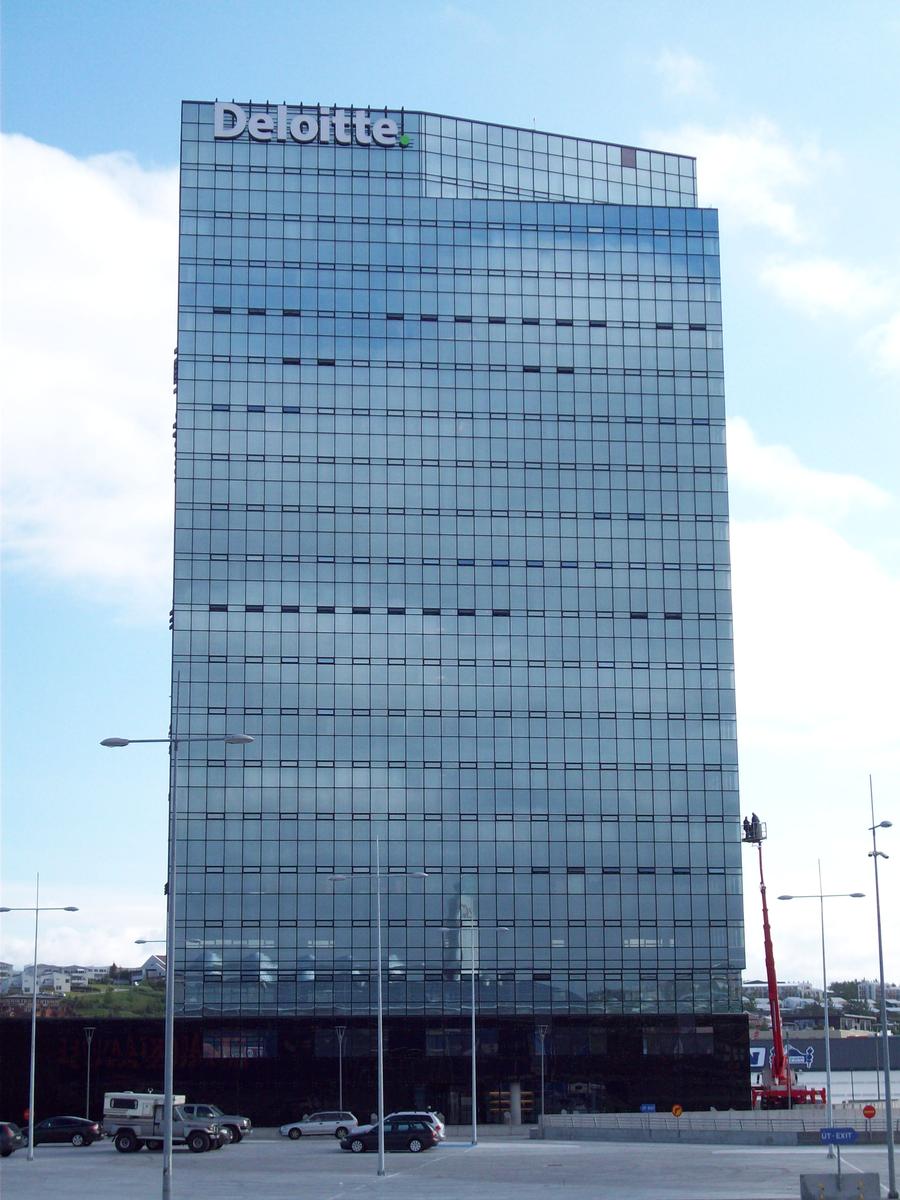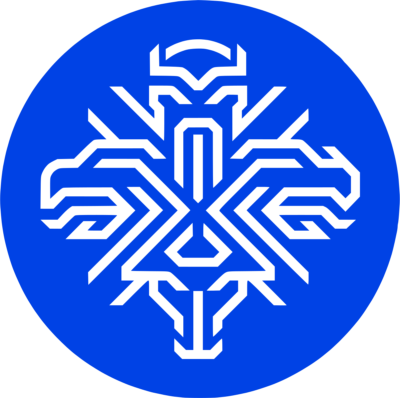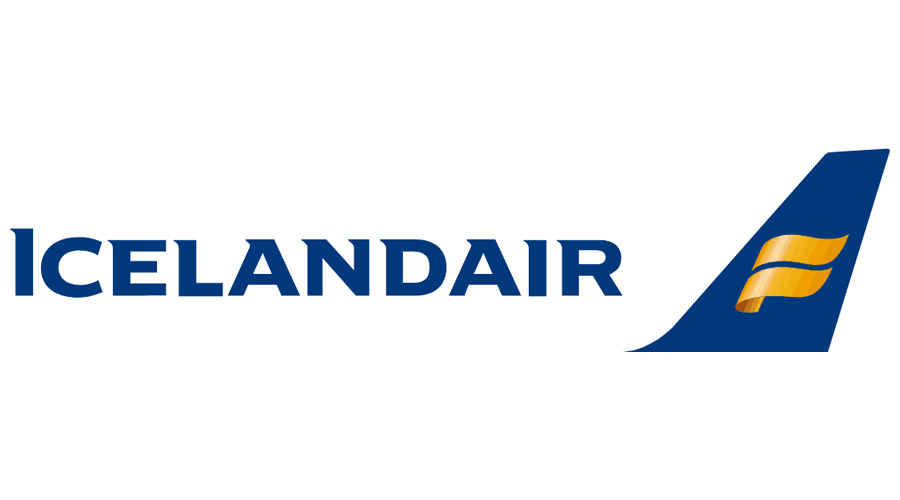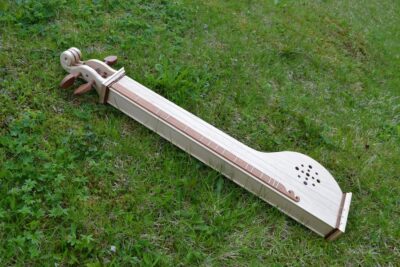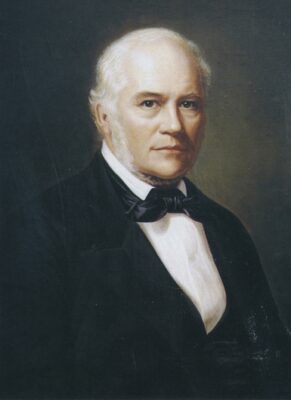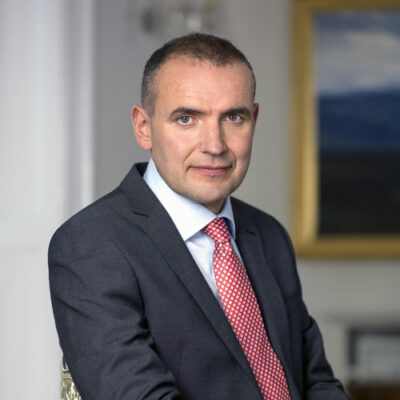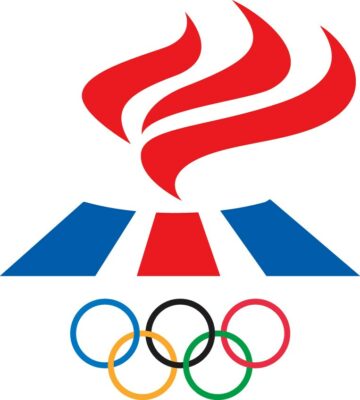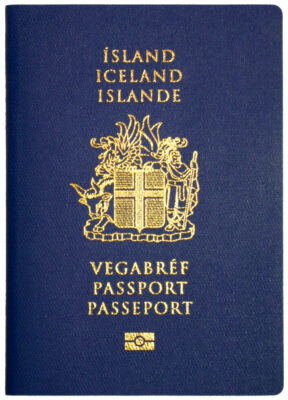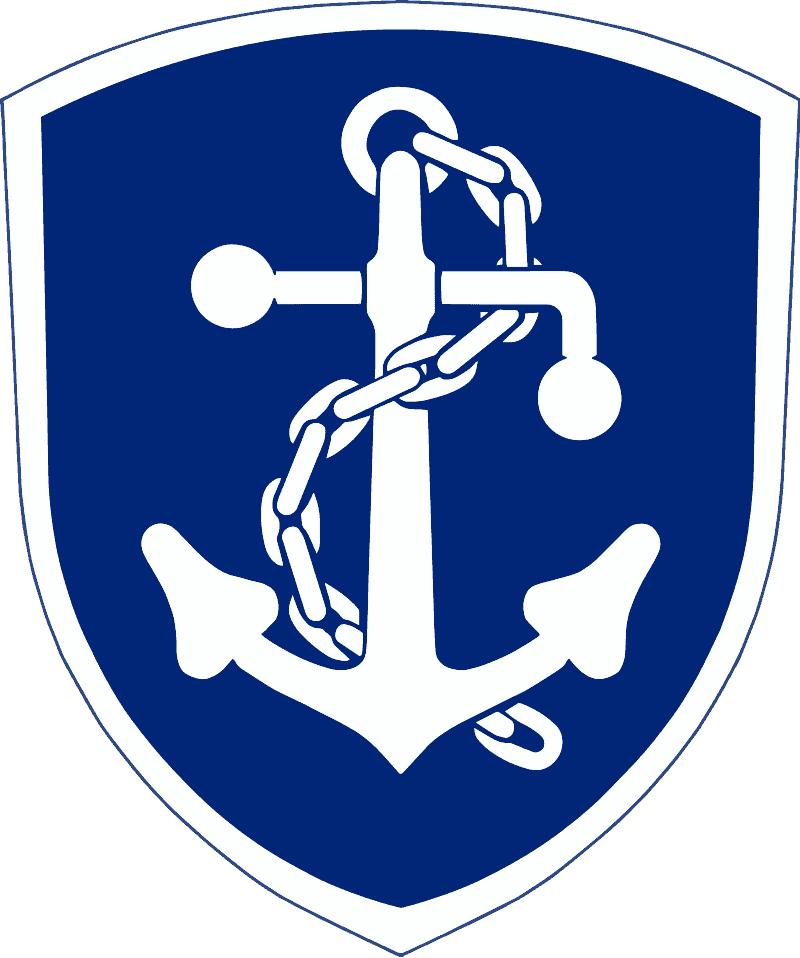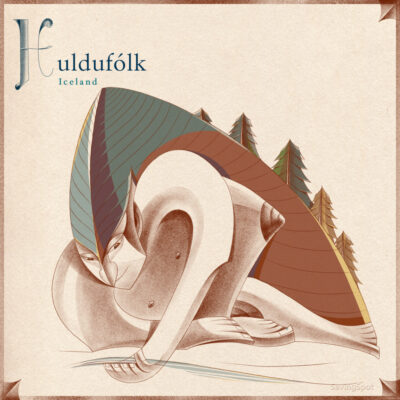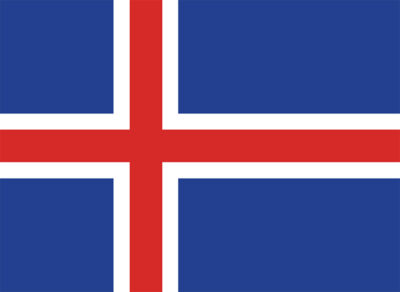National Symbols of Iceland
Last updated on March 11th, 2023 by Editorial Staff
Table Of Contents
By | Updated on March 11, 2023
Reviewed by Rittika
Iceland is a country in Europe. The official name of Iceland is the Republic of Iceland. The people of Iceland are called Icelandic. The country is in Northern Europe, an island between the Greenland Sea and the North Atlantic Ocean, northwest of the United Kingdom.
Etymology discusses where a term is considered to have originated from and how its meaning has changed over time. Etymology has been a factor in the naming of countries all across the world, and Iceland has also been influenced. The etymology of Iceland can be defined as; “Land of Ice”, from Old Norse Ísland, from íss (“ice”).
An ethnicity is a group or sub-group of people who are connected based on common characteristics which may include religion, origin, language, traditions, or culture. The ethnic groups in Iceland include Icelandic, Polish, and Lithuanian.
Icelandair is the national airline of Iceland. The national colors of the country are blue, white, and red. The emoji flag of the country is ????????, and the ISO code is .is.
Iceland is known for its Northern Lights, active volcanoes, and glaciers. The national dish of Iceland is Hákarl. Brennivín, in addition to being a traditional beverage, is one of the country’s national drinks. The national instrument of Iceland is the Icelandic fiddle.
The country has the time zone UTC(GMT/WET) followed by dd/mm/yyyy as the standard date format.
Iceland is divided into 69 municipalities. The capital of the country is Reykjavík, which is also the largest city in Iceland.
The literacy rate in Iceland is 99%.
The country’s total area is 102,775 km² (39,682 sq mi), and the total population is 341,243. The country’s average elevation is 557 m (1,827 ft), whereas the country’s terrain can be defined as; Mostly plateau interspersed with mountain peaks and ice fields; coast deeply indented by bays and fiords. The country’s usual climate is temperate; moderated by North Atlantic Current; with mild, windy winters; damp, cool summers.
The area of land next to a sea is called the coast, and a coastline is defined as the line where land and sea meet. Iceland has 4,970 km of coastline.
The Icelandic króna serves as the national unit of currency, and the Central Bank of Iceland is recognized as the country’s central bank. The domain for Iceland is .is and the country code is +354. Gyrfalcon is the country’s coat of arms.
Museums are known to educate and connect visitors with the nation’s history, culture, civilization, art, and architecture. The National Museum of Iceland serves the same purpose and is considered one of the most significant tourist attractions. The National Museum of Iceland is home to a large collection of artifacts. It has been designated as the national museum of the country.
The national dress of Iceland is the Joobuningurinn, and 17 June is designated as National Day. In Iceland, the majority of the population practices Christianity as their religion.
Nature is a blessing from God and we must protect it because it provides us with the oxygen and food to survive. It also helps to keep our environment beautiful and clean. To emphasize the significance of nature, Iceland has selected a few forces of nature as national symbols. Iceland’s national bird is the Puffin, while its national animal is the Gyrfalcon. The national flower is Mountain Avens. The national tree of Iceland is the Birchwood, and the highest peak is Hvannadalshnúkur.
Mythical creatures can be found in the literature and mythologies of many different nations. They represent imaginative representations of various creatures, humans, or hybrids. They are known for their specific features, supernatural abilities, and distinctive appearance. The mythical creature of Iceland is Huldufolk.
Sports have always played an important role in developing the social and cultural structure of Iceland and other countries. When it comes to designating a sport as the official symbol, Team handball is considered the country’s national sport.
Poetry is a highly valued form of art, and many poets are considered significant national symbols of the country. The national poets of Iceland are Jónas Hallgrímsson, Hallgrímur Pétursson, and Halldór Laxness.
Ingólfur Arnarson is the founder of Iceland. The country’s national anthem was written by Matthías Jochumsson, and composed by Sveinbjörn Sveinbjörnsson.
The country’s national hero is Jón Sigurðsson.
Numerous organizations are working on a global level to improve the current state of affairs and to collaborate in order to establish and maintain constructive partnerships. Iceland is a member of the Nordic Council, North Atlantic Treaty Organization (NATO), and United Nations (UN). Iceland collaborates with them to organize, analyze, and address various events and situations.
The tourism slogan of the country is “Inspired by Iceland”.
Katrín Jakobsdóttir is the current Prime minister of Iceland, and Guðni Th. Jóhannesson is the President.
Iceland has declared Icelandic as the country’s official language.
– Further information regarding the symbols and knowledge of Iceland can be found in the table of contents –
Country information
Coat of arms
Flag map of Iceland
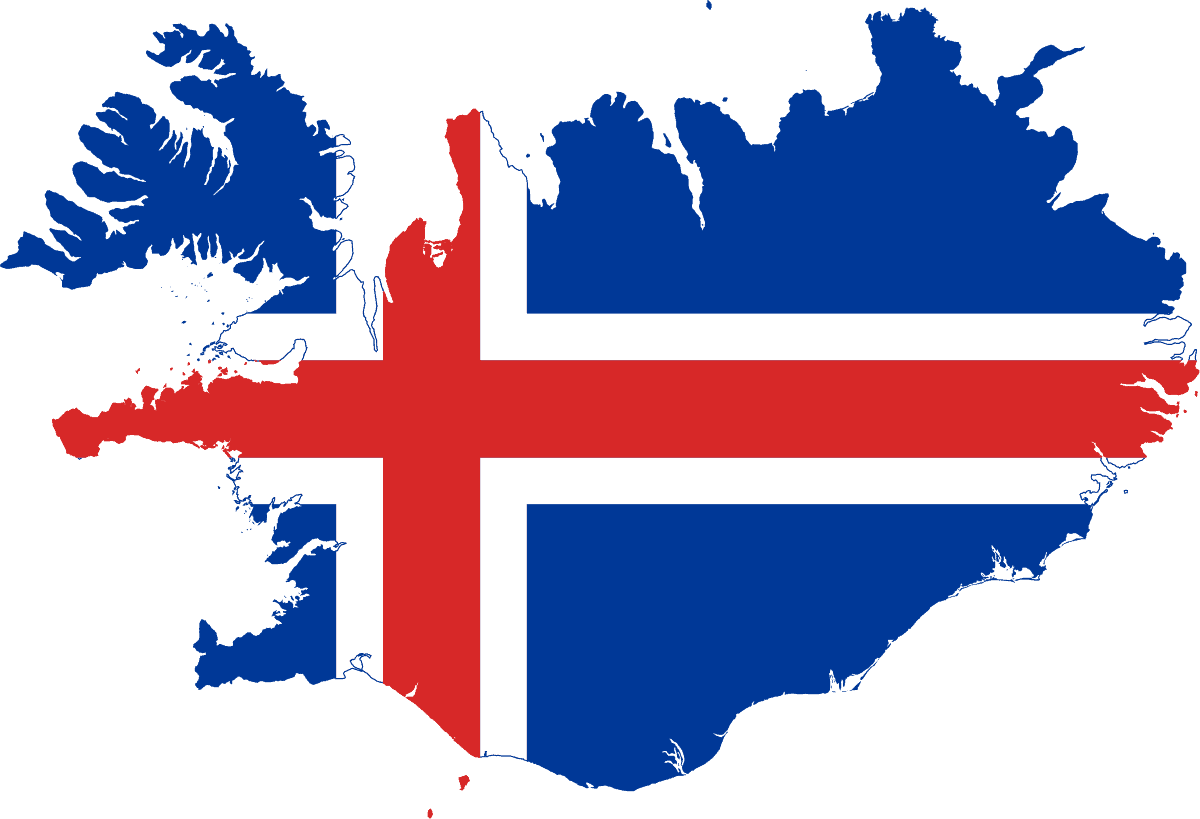
Motto of Iceland
National animal of Iceland
The National animal of Iceland is Gyrfalcon
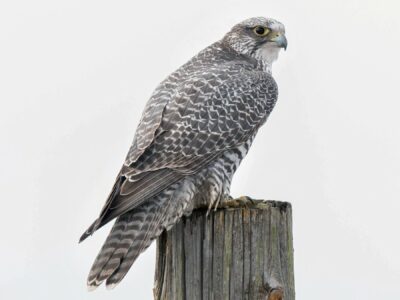
National flower of Iceland
The National flower of Iceland is Mountain Avens. Botanical name is Dryas Octopetala.
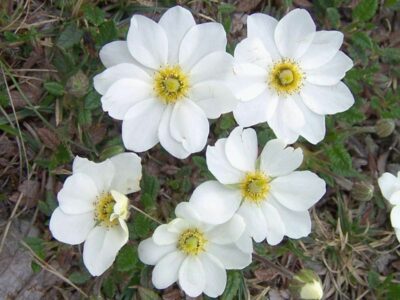
National bird of Iceland
The National bird of Iceland is Puffin
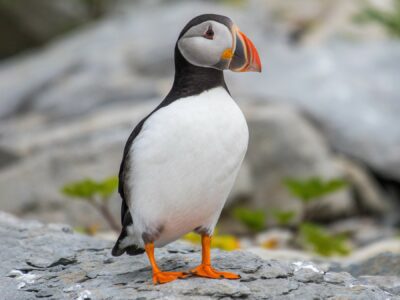
Rest of the National symbols of Iceland 👇
-
FounderIngólfur Arnarson
-
National dishHákarl
-
National danceUndir bláum sólarsali
-
National dressJoobuningurinn
-
National monumentNot Declared
-
National anthemView Anthem
-
National fruitNot declared
-
National drinkBrennivín
-
National colorsBlue, white, and red
-
National sportsTeam handball
-
National treeBirchwood
-
National poetJónas Hallgrímsson, Hallgrímur Pétursson, Halldór Laxness
-
National mausoleumNot Declared
-
National archivesNational Archives of Iceland
-
National museumNational Museum of Iceland
-
National libraryNational and University Library of Iceland
-
Central BankCentral Bank of Iceland
-
Highest peakHvannadalshnúkur
-
Tallest buildingSmáratorg Office Tower
-
National football teamISL
-
Tourism sloganInspired by Iceland
-
Emoji flag????????
-
National airlineIcelandair
-
National instrumentIcelandic fiddle
-
National heroJón Sigurðsson
-
PresidentGuðni Th. Jóhannesson
-
Prime MinisterKatrín Jakobsdóttir
-
Olympics CommitteeNational Olympic and Sports Association of Iceland
-
PassportPassport of Iceland
-
NavyIcelandic Coast Guard
-
Mythical CreatureHuldufolk
Icelandic Proverbs - Popular quotes, proverbs and sayings.
You will reach your destination even though you travel slowly. You do not really know your friends from your enemies until the ice breaks. You can’t complain about the sea if you suffer shipwreck for the second time. Wrath often consumes what god gives husbands. When your neighbour's wall breaks, your own is in danger. Useless wisdom is double foolishness. Two make an army against one. To whom it itches, scratches it.
